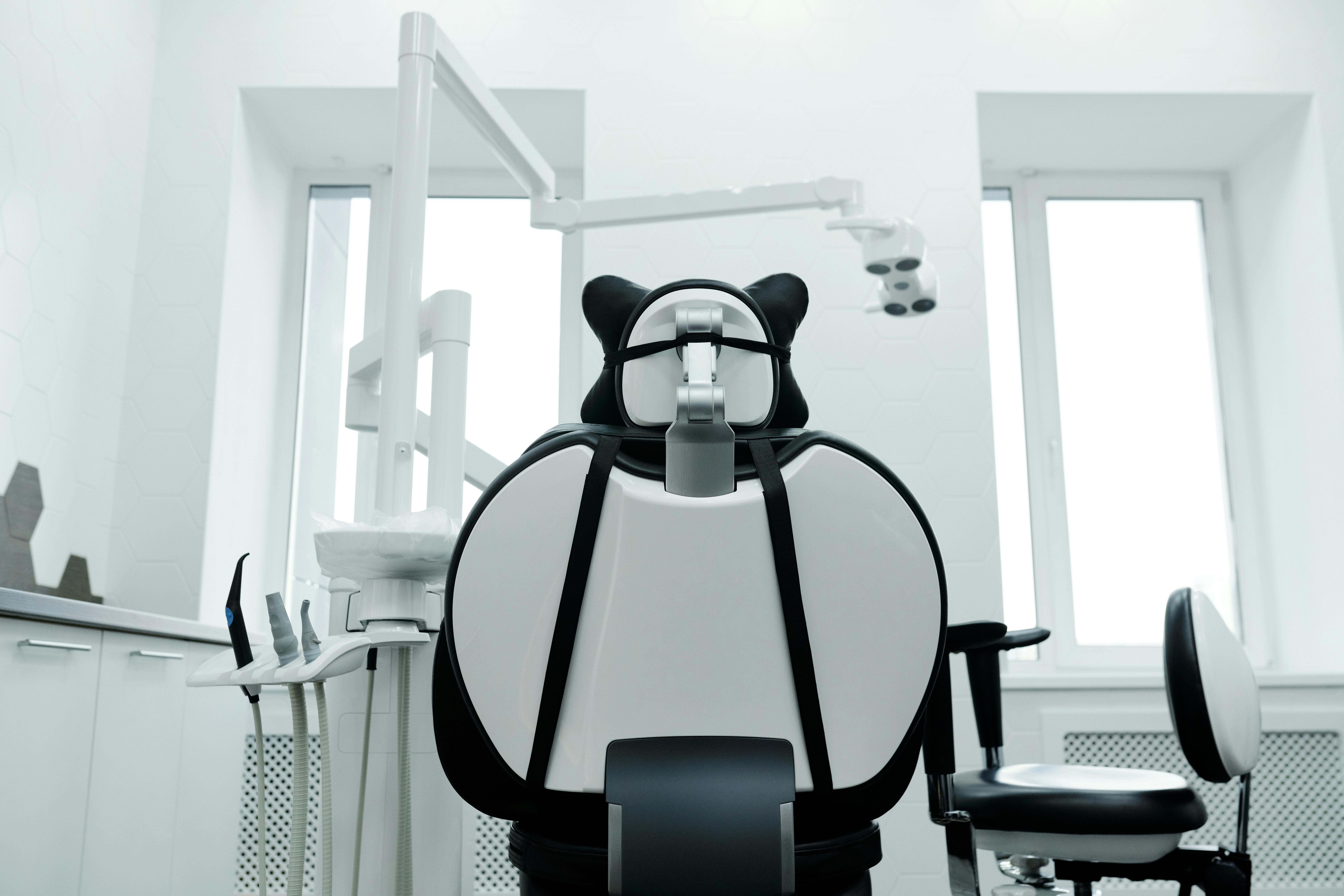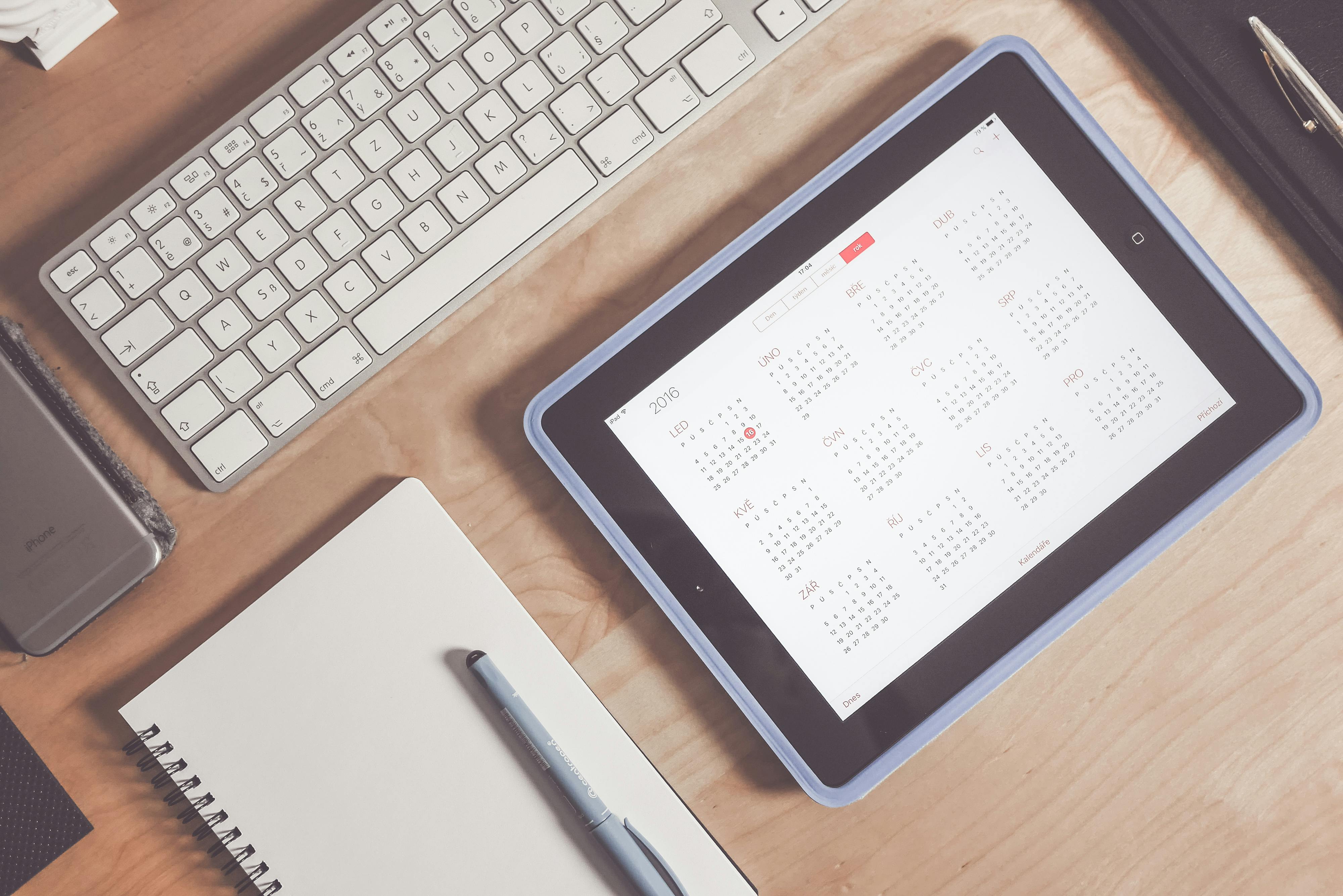
Why Manual Scheduling Is Killing Your Dental Practice (Industry Data Inside)
Every day, Quebec dental practices are hemorrhaging money while their teams burn out from preventable scheduling chaos. The data is brutal: the average practice loses $91,600 annually just from no-shows, while staff spend 5+ hours daily on phone calls that shouldn't exist. Here's what's really happening—and why your competitors are already moving ahead.
The Challenge: Your Scheduling System Is Stuck in 1995
Walk into any dental practice in Montreal, Quebec City, or Laval, and you'll witness the same scene: a frazzled receptionist juggling three phone lines, a paper appointment book (or basic digital calendar), and an endless stream of "Can you move my appointment?" requests.
The numbers don't lie:
- 25% average no-show rate across Quebec dental practices
- 147 phone calls per day handled by reception staff
- 5.2 hours daily spent on scheduling-related tasks
- $400 average value per missed appointment
Do the math: 25% no-show rate × $400 per appointment × 915 annual appointments (average practice) = $91,600 vanishing into thin air every single year.
Why This Matters for Quebec Practices
Quebec dental practices face unique challenges that amplify scheduling problems:
- Bilingual patient base: Appointment confirmations, reminders, and rescheduling must accommodate both French and English speakers
- Healthcare system integration: Patients often juggle multiple healthcare appointments, making scheduling conflicts more frequent
- Seasonal fluctuations: Quebec's distinct seasons create predictable appointment patterns that manual systems can't optimize
- Competition intensity: With 4,847 active dentists in Quebec (according to Ordre des dentistes du Québec), patients have options—and they use them
The practices still using manual scheduling systems aren't just losing money. They're losing patients to competitors who make booking convenient.
The Solution: Why Automated Scheduling Isn't Optional Anymore
Modern dental scheduling software doesn't just replace your appointment book—it eliminates the root causes of scheduling chaos.
Feature Overview: The Automation That Changes Everything
Smart Confirmation System: Automated texts and emails in French or English reduce no-shows by 65% on average. Patients receive confirmation 48 hours before, reminder 24 hours before, and "running late?" check-in 30 minutes before.
24/7 Online Booking: Your website becomes a booking engine. Patients can schedule cleanings, consultations, and even complex procedures while you sleep. The system blocks inappropriate times and suggests optimal alternatives.
Intelligent Rescheduling: When patients need changes, they handle it themselves through a secure portal. The system automatically fills gaps with patients from your waiting list.
Step-by-Step Implementation Guide
Step 1: Audit Your Current Chaos (Days 1-3)
- Track all incoming calls for one week (categories: new appointments, changes, confirmations, no-shows)
- Calculate your actual no-show rate by provider and appointment type
- Measure time spent on scheduling vs. patient care activities
- Expected timeline: 3 days of data collection
- What success looks like: Clear baseline metrics that shock you into action
Step 2: Patient Communication Setup (Days 4-7)
- Configure automated reminders in both French and English
- Set up online booking portal with your branding
- Create patient-facing rescheduling system
- Common challenges: Bilingual message templates, integration with existing systems
- Quebec-specific tips: Use Quebec French ("rendez-vous" not "appointment"), include provincial healthcare considerations
Step 3: Staff Training and Workflow Integration (Days 8-14)
- Train reception team on new system (typically 30 minutes to full proficiency)
- Establish protocols for handling complex scheduling scenarios
- Set up reporting dashboards for tracking improvement
- Implementation details: Most teams see immediate improvement in daily stress levels
- Metrics to track: Daily call volume, average call duration, staff satisfaction scores
- When to expect results: 50% reduction in scheduling-related stress within first week
Results You Can Expect
Short-term Results (First 30 Days)
- 40-60% reduction in scheduling-related phone calls
- 15-25% improvement in no-show rates (with proper reminder setup)
- 2-3 hours daily of staff time freed up for patient care
- $8,000-$15,000 in recovered revenue from reduced no-shows
Long-term Results (3-6 Months)
- 65% average no-show reduction (industry benchmark for practices using automated systems)
- 25% increase in new patient bookings (24/7 availability captures after-hours searchers)
- 90% staff satisfaction improvement (based on internal surveys from Quebec practices)
- ROI calculations: Average practice sees 4:1 return on software investment within 6 months
Success Metrics to Track
- Primary KPI: No-show rate (target: under 10%)
- Secondary KPIs: New patient conversion rate, staff overtime hours, phone call volume
- Reporting frequency: Weekly reviews for first month, then monthly optimization sessions
Best Practices for Success
Do's
- ✅ Configure bilingual templates immediately: Quebec patients expect service in their preferred language
- ✅ Start with simple automations: Confirmation texts first, then add complexity
- ✅ Train entire team, not just reception: Everyone needs to understand the new workflow
- ✅ Monitor metrics weekly initially: Rapid iteration improves results
Don'ts
- ❌ Don't automate everything at once: Gradual implementation reduces patient confusion
- ❌ Don't ignore patient feedback: Some prefer phone calls—accommodate them
- ❌ Don't skip staff training: Proper training prevents resistance and mistakes
- ❌ Don't set unrealistic expectations: 3-4 weeks for full optimization is normal
Pro Tips
💡 Insider tip: Quebec patients respond better to text reminders sent between 10 AM - 2 PM. Avoid early morning or evening messages.
💡 Quebec-specific tip: Include "Merci/Thank you" in all automated messages—bilingual courtesy increases response rates by 15%.
💡 Technology tip: Use smart scheduling to automatically book cleaning appointments 6 months out when patients check out—captures 85% more preventive care bookings.
Common Questions & Concerns
"Will our patients adapt to online booking?"
Quebec patients are more tech-savvy than practices assume. 73% of dental patients under 55 prefer online booking when available. The key is offering both options during transition.
"What about our French-speaking patients?"
appointr.ai provides full Quebec French functionality, not just translation. Messages use proper Quebec terminology, and phone integration maintains bilingual capability.
"How long does implementation take?"
Average timeline: 2 weeks from signup to full operation. Most Quebec practices see immediate improvement in staff stress levels, with measurable results within 30 days.
"What if we have technical issues?"
Quebec-based customer success team provides support in French and English. Average response time: under 4 hours. Phone support available during Quebec business hours.
Next Steps: Getting Started
Immediate Actions
- Start trial: Begin your free 3-month trial specifically designed for Quebec practices
Expert Support
Our Quebec customer success team includes former dental practice managers who understand the unique challenges of running practices in Quebec. Implementation support, staff training, and ongoing optimization included with every trial.
Ready to Transform Your Practice?
Quebec dental practices using appointr.ai report average no-show reductions of 65% and staff satisfaction improvements of 90%. Your competitors are already moving—don't let them leave you behind.
Start Your Free 3-Month Trial →
No credit card required. Setup takes 30 minutes. Quebec-based support team available in French and English.
About the Author
The appointr.ai team includes former dental practice managers, software engineers, and customer success specialists who understand the unique challenges facing Quebec dental practices. Our Quebec-based team provides implementation support in French and English.


